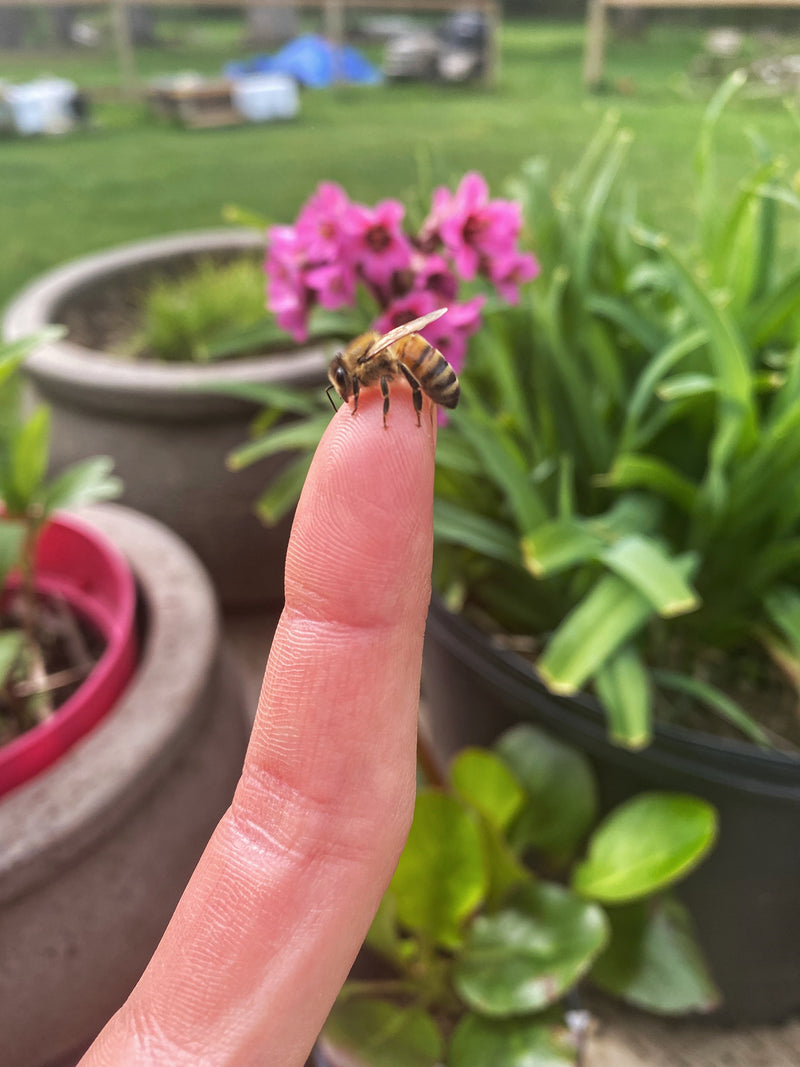
As the seasons change, so do the bees in your hive. While all honeybees belong to the same colony, there’s a significant difference between the summer and winter bees that keep your hive thriving year-round. Understanding these differences can help beekeepers manage their colonies effectively and prepare for seasonal shifts.
Summer Bees: The Short-Lived Workers
Summer bees are the workforce of the hive during the active season. These bees emerge in the spring and summer, tirelessly foraging for nectar and pollen to sustain the colony. However, their high-energy lifestyle comes at a cost: summer bees typically live for only 4 to 6 weeks.
Key characteristics of summer bees:
-
Short lifespan (4-6 weeks)
-
Focused on foraging, brood rearing, and hive maintenance
-
High metabolic rate due to constant activity
-
Less stored fat
Because summer bees work so hard, their bodies quickly wear out. As the cooler months approach, the colony shifts its focus from gathering resources to survival, which is where winter bees come in.
Winter Bees: The Long-Lived Survivors
Winter and summer bees may look the same from the outside but important physiological differences are taking place! Instead of burning out in a few weeks, these bees can live for several months, often from late fall through early spring. Their primary role is to keep the colony warm, ensure the queen’s survival during the cold season and survive until the spring generation emerges.
Key characteristics of winter bees:
-
Long lifespan (several months)
-
Larger fat bodies for storing energy
-
Reduced foraging activity, focusing instead on thermoregulation
Winter bees emerge in late summer and early fall, fed by a high-protein diet from the last brood cycles. They use their fat stores to sustain themselves when resources are scarce, making them crucial for the hive’s survival until spring.
Why This Matters for Beekeepers
Understanding the distinction between summer and winter bees can help beekeepers make informed decisions about hive management. Here are a few key takeaways:
-
Late-season nutrition is crucial – Late summer/early fall if pollen resources are slim, consider pollen supplements ensures winter bees have enough nutrients to develop enough fat stores to survive the long months ahead.
-
Manage disease – Since winter bee development is so crucial for winter survival, ensuring your colony has zero-low mite loads and no other disease always but particularly towards the end of summer/early fall when winter bees are being produced can help the colony develop healthier stock for winter.
-
Minimizing hive disturbances – Unlike summer bees, winter bees are not easily replaced, so reducing hive inspections in cold months is essential to preserving colony numbers!
